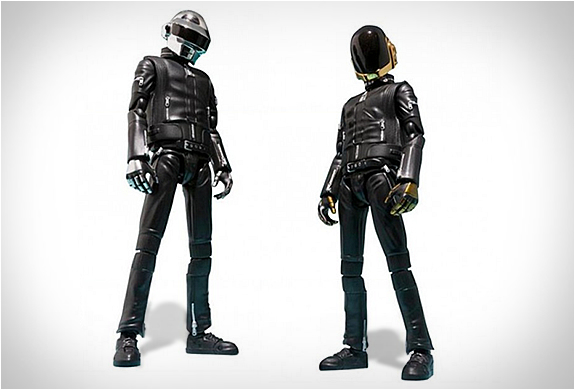

She argues that Andy Warhol and his Pop Art were a massive influence on punk – here was the art of the every day and of celebrities. Skov examines in detail this ‘exaltation of trash’, the ‘failure as heroic’ and the love of low brow and bad taste within punk art. Skov describes The Grand Downfall Show, a music and arts festival which took place in West Berlin, in 1981: ‘The dark outlook of the…show…was combined with show and circus components which gave it both an absurd and spectacular ambience…What was so intrinsically punk about it all, were the antithetical aspects: how the ugly was the beautiful, doom was drive, fiasco was triumph’. There is a fin-de-siecle and ‘drop the bomb now!’ feel to much of the art, particularly in Berlin where they were closer to catastrophe than the rest of Europe. Skol argues that punk art could never be avant-garde, because they believed in no future, so they would forever be the rear guard, documenting and reflecting a world that they saw in dystopian terms. The tensions and ambiguities within punk are examined by Skov, who concludes that punk resisted becoming an -ism simply because it had no hierarchy, no leaders they were the ‘kings and queens of failure’ who embraced powerlessness and didn’t ant to succeed because that meant joining the enemy (just as Malvina Reynolds sang in the 60s on “I Don’t Mind Failing in this World”: I don’t mind failing in this world/Don’t mind wearing the ragged britches/Cos those who succeed are the sons of bitches). It may be that once punk hit the mainstream it became cliched as a violent, street movement. Though this may have been more to do with the course being an easy doss than a genuine interest in art, some ideas must have fed into brains by osmosis. However, as the author points out, a large amount of the original UK punks came from art school. Punks in the UK tended towards the Hard School, with an emphasis on street cred and anti-social behaviour, disdaining anything considered intellectual or arty-farty. This highlights one of the biggest conflicts between punks, which Skov labels Art School Vs Hard School. You don’t understand anything about real punk, soon you’ll understand that! This, understandably, upset the local punk community who, already not impressed by the art in the exhibition, which they thought was American hype, posted a note on the gallery which read: You silly American cunts think you’re the only ones who see what’s happening. When the very first Punk Art exhibition, which opened in Washington DC in 1978, went on tour to Amsterdam in 1979, the curators said, rather arrogantly, that there were no punks in Amsterdam. Just what is punk art? Skov points out that punks themselves argue, and indeed sometimes come to blows, over what should be classified as punk. In all its forms, punk is notoriously difficult to define (If you need to ask what punk is, you’ll never know, goes the easy axiom) and punk art, Skov acknowledges, is perhaps the hardest to define.


She draws on archival research, interviews and the personal collections and memories of some of the prime protagonists of punk art. She is also an international affiliate of the Punk Scholars Network, and it’s clear from this book that she knows, and loves, her subject well. She works on the subjects of music, art and sexuality, with a historical focus on Surrealism and the punk movement of the 1970–80s. Skov is a Danish art historian, author and curator based in Berlin. Punk art coffee table books probably outnumber coffee tables by now, but whereas most of those books cover the art of flyers, album covers and band photographs, Marie Arleth Skov attempts to look at punk as an art movement, analysing the ethos of punk and examining the key works of art. An important, and entertaining, new book on the punk art movement.


 0 kommentar(er)
0 kommentar(er)
